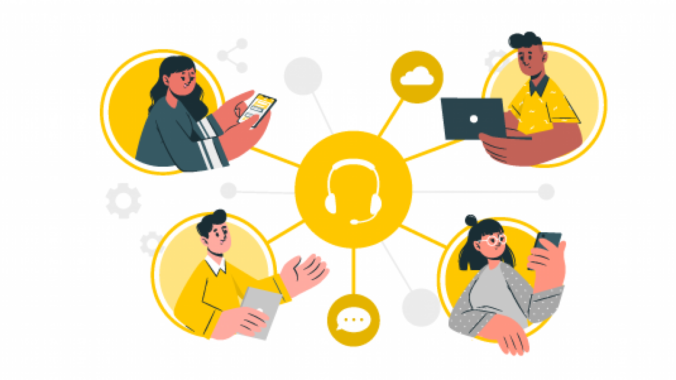As a student in EDCI 335, I was asked to complete a Peer Review on my fellow peers’ Interactive Learning Resource; in this case, I reviewed the Interactive Learning Resource from Pod 12.
Interactive Learning Resource: Macro and Micro Economics
Beginning reading through the Word Document, an overview of what was expected within the course was laid out; I appreciated this at the very start. Additionally, a YouTube video link was given explaining what economics is. As I am not familiar with this topic, I did enjoy watching this; I watched this video and began to understand what economics truly was.
Going further into the document, another video was given, and additional readings. At this point, I could tell the amount of work that had gone into this Interactive Learning Resource.
Making it to the end of the document, I appreciated reading their rationale for the Inclusion of Diverse Learners and the Rationale for Technology Choices. Obviously, great minds think alike, as our group chose YouTube videos as well for the accessibility of subtitles.
Pod 12 Interactive Learning Resource Draft:
Suggestions:
- Perhaps your group may consider making the first video optional and clearly indicating that.
- Perhaps your group may consider minimizing the amount of content as I felt that it was very dense, and the amount of information given was overwhelming for a layperson of economics.
- Correct me if I am wrong, but the evaluation percentages on page 2 do not add up to 100%; this confuses me, and your group may consider adding a further explanation.
- Your group may also want to consider adding some more visuals earlier within the document to keep learners engaged (and maybe make the titles larger and bold to switch it up a bit)
- It seems to me that you are missing out on an Interactive Activity for learners. My suggestion would be to allow learners to connect with each other.
- It may be more clear for learners to see the quiz at the end of the document instead of at the beginning.
Additionally, it isn’t clear to me what the specific learning outcomes are. I may have missed this!
Final Thoughts
It is clear to me that a lot of work has gone into your Interactive Learning Resource. As I know you have been fighting through time differences, you should be proud of your work thus far.



